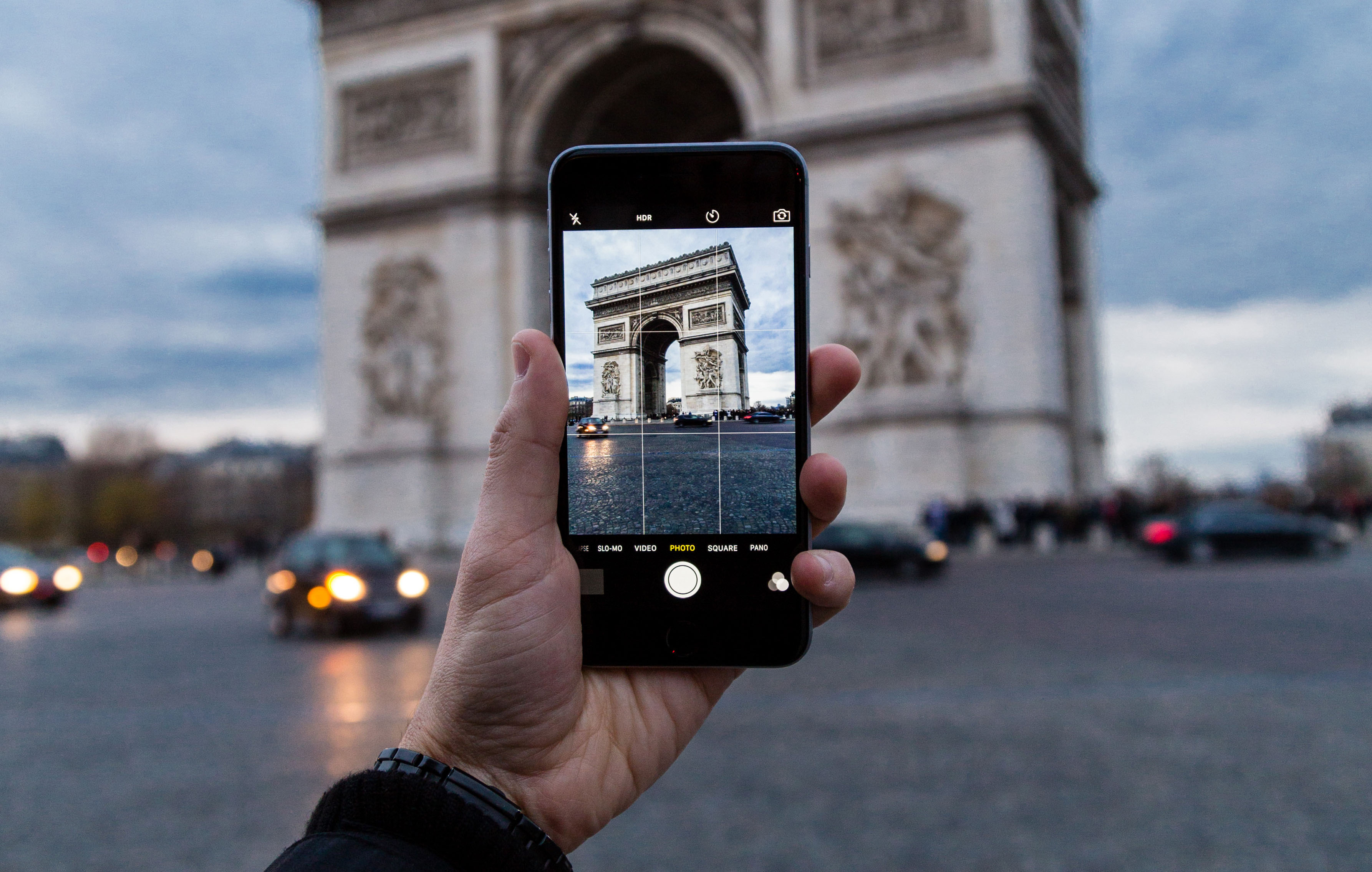
Instagram Stories Encourage More Unfiltered Sharing
Last week, Instagram rolled out a new feature to encourage more spontaneous sharing on its platform. With Instagram Stories, users can post photo and video content that disappears after 24 hours. Users can also overlay text and drawings on photo and video slideshows.
Instagram’s CEO openly acknowledges the similarities to Snapchat’s core offering. Stories hopes to solve a problem unique to Instagram: users tend to limit their posts to a single, carefully edited photo, rather than cluttering their followers’ feeds with multiple posts per day. Brand advertisers follow suit with carefully curated posts.
But Instagram Stories might change all of that.
On the day the feature launched, Nike’s top video generated 800,000 views on Instagram Stories, while Nike’s top Snapchat garnered only 66,000 views. In the age of Instagram’s algorithmically-sorted timeline, Stories gives brands a valuable opportunity to entertain, inform, and connect with their audience throughout the day with more creative content.
Instagram’s design encourages users to scroll through their feeds, and historically has made user behavior more conducive to consuming photos rather than interrupting the scroll to watch a video. That user behavior is steadily changing though, and video content continues to grow on Instagram: according to Pixability’s analysis, brands shared 50% more videos in January 2016 than in January 2015, and video generated 2.4x more comments than photos, on average, highlighting the importance of video to any brand’s Instagram strategy.
Users will have more creative freedom and less pressure with the ephemerality of Instagram Stories, and we expect it will encourage increased sharing from users and brands. We also think experimentation with Instagram Stories’ video capabilities will lead to more video content on the main feed. Instagram hasn’t released a timeline of when ads will start appearing within Instagram Stories, but it’s only a matter of time before Instagram borrows another page from Snapchat’s playbook.
By keeping more users within the platform, will Instagram Stories blunt Snapchat’s rapid growth? Or, will users prefer to use distinct platforms — and Snapchat’s beloved filters — for different types of sharing? As the battle for ad dollars continues to heat up, social video platforms will continue to mimic the competition’s features. The question is, with near identical offerings, which will audiences prefer?
Pixability delivers better video advertising across YouTube, Facebook, Instagram, and Twitter. To learn more about how our sophisticated targeting, data-driven insights, and expert management can help your social video advertising achieve its objectives, contact us today.